By Roy Morris Jr.
The Allied decision to invade North Africa, codenamed Operation Torch, was reached in the summer of 1942 after lengthy—and sometimes bitter—arguments between interested parties. President Franklin D. Roosevelt and British Prime Minister Winston Churchill were largely in accord about the overall conduct of the war, but they faced serious internal disagreements from their leading military advisers about the most efficacious use of Allied troops, including when and where to make the landings and what to do after the landings had been made.
From the start of the American war effort in December 1941, following the Japanese attack on Pearl Harbor, there had been a difference of opinion concerning the direction of the war. Some military leaders, reflecting public sentiment for a vengeful response to the Japanese perfidy, favored a concentration of force in the Pacific Theater of the war. Roosevelt, a determined Anglophile, was inclined toward a greater presence in the European Theater. Moreover, the president absolutely insisted on an American offensive against the German forces somewhere, before the end of 1942. Churchill, for obvious reasons, supported Roosevelt’s aims, although he doubted the practicality of an Allied invasion of France in 1943, which Roosevelt also wanted. Instead, Churchill favored an immediate Allied invasion of North Africa, where British troops had been fighting the Germans since 1941. Both leaders realized that opening a second front was necessary to ensure continued Soviet resistance to the Nazis in the east.
At length, a compromise was worked out between the Allies, and Operation Torch was put in motion in July 1942. The operation called for a three-pronged assault, with seaborne landings at Casablanca, Morocco, and Oran and Algiers in Algeria, on November 8. Both countries were French colonies under the control of the collaborationist Vichy government in France, and there was some question about how strongly the colonial garrisons would contest the Allied landings. British troops had already clashed with French forces in Syria and Madagascar, and given the centuries-long antipathy between the two European superpowers, it was feared that France would bitterly resist a British-led invasion of her North African colonies. Accordingly, overall command of the landings was given to American Lt. Gen. Dwight Eisenhower, in the hopes that traditional French-American amity once again might prevail.
Stiff Colonial Resistance In Africa
It did not work out that way initially. The American forces landing at Casablanca, designated the Western Task Force, came ashore waving American flags (something that would not be done in later amphibious landings), but met fierce resistance from tough French colonial troops. It took Maj. Gen. George S. Patton three days to subdue the stubborn defenders, at a cost of 1,404 American casualties. At the subsequent French surrender ceremony, Patton reasserted Franco-American friendship by leading a toast to the ultimate liberation of France.
At Oran, French resistance was equally determined. Major General Lloyd Fredendall, commanding the Center Task Force, successfully occupied the port city after two days of hard fighting that resulted in another 600 American casualties. The British Royal Navy cutters Walney and Hartland were both sunk by determined French fire as they attempted to enter Oran harbor, at a cost of an additional 445 casualties.
Algiers Falls; Nazis Hold Tunis
The situation at Algiers, the most important of the three Allied objectives, was even more confused. The large port, with its railroad terminal and two airfields, was the easternmost landing zone and the key to the planned seizure of Tunisia and its prized ports of Bizerte and Tunis. It was also the seat of government for all French North Africa. Pro-Allied French forces had seized control of the city before the landings commenced. By chance, however, Admiral Jean Darlan, commander of all the armed forces for Vichy France, was visiting Algiers at the time of the assault, and he quickly led loyal forces in recapturing the city. Following the Allied landings on November 8, he met with British and American officials and agreed reluctantly to end organized resistance in North Africa in return for his continued control of French forces there. As it was, Darlan’s five-day delay in surrendering Algiers gave the Nazis time to airlift massive reinforcements to Tunis, thus preventing a lightning thrust by the Allies and a swift victory in North Africa.
Eisenhower accepted Darlan’s terms, much to the fury of Free French forces, who hated all Vichy collaborators. The embarrassing political impasse was solved in the most direct way possible when a young Frenchman named Fernand Bonnier de la Chappelle shot and killed Darlan at his headquarters on Christmas Eve 1942. Chappelle claimed to be acting for the Count de Paris, pretender to the throne of France, although it was more likely that he was an agent of the Free French forces supporting General Charles DeGaulle. Whatever the case, the youthful assassin was quickly tried and executed before he could be questioned further about his motives, and Operation Torch reached a murky, if successful, conclusion.
The way was now clear for a decisive drive against Nazi forces in North Africa, personified most vividly by Field Marshal Erwin Rommel and his indomitable Afrika Korps.
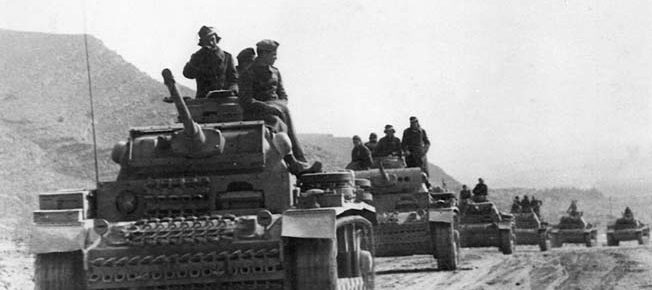

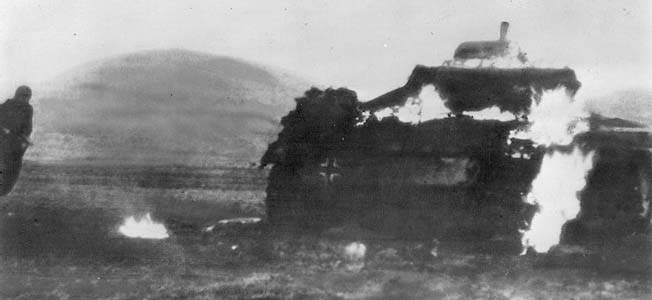
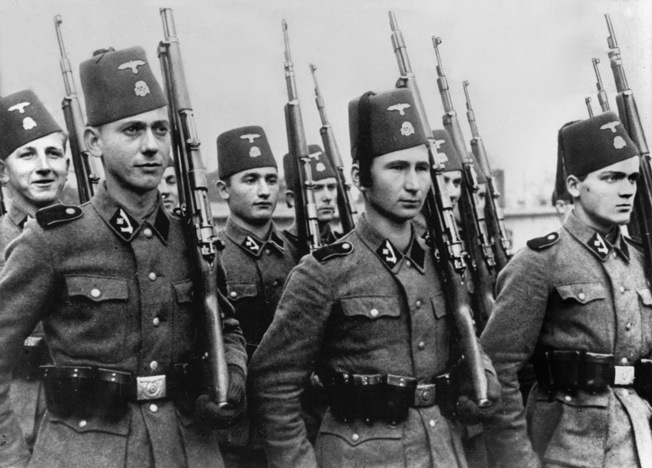
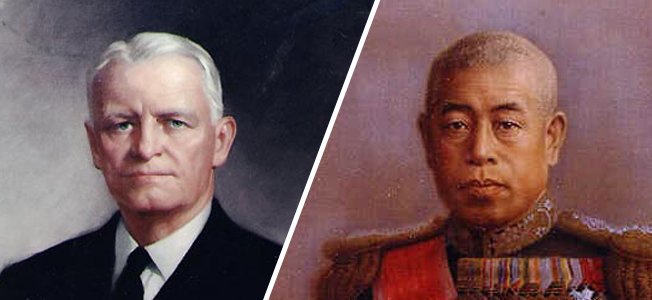
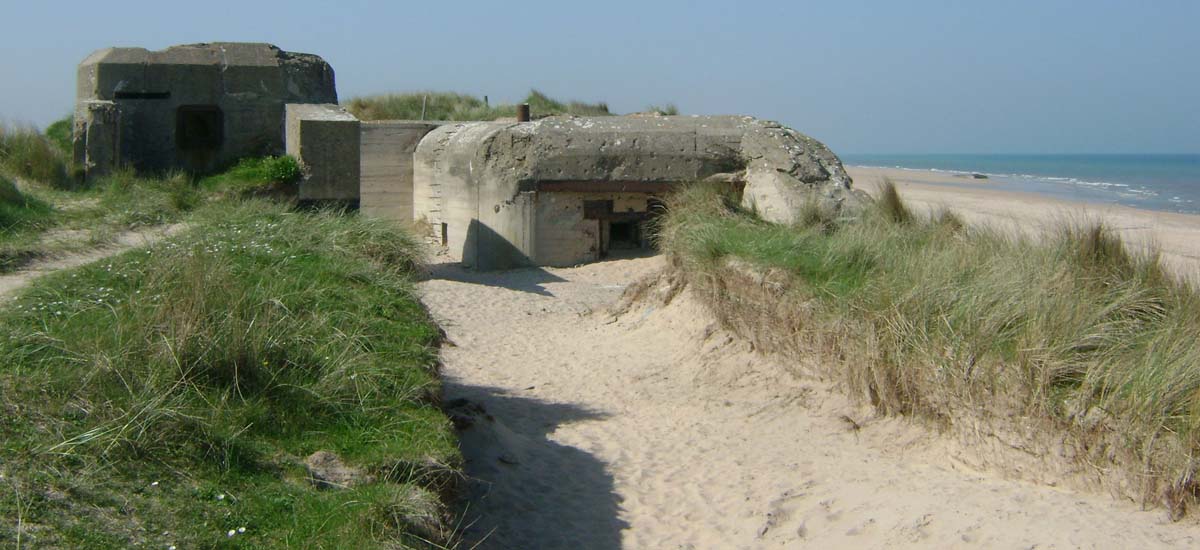
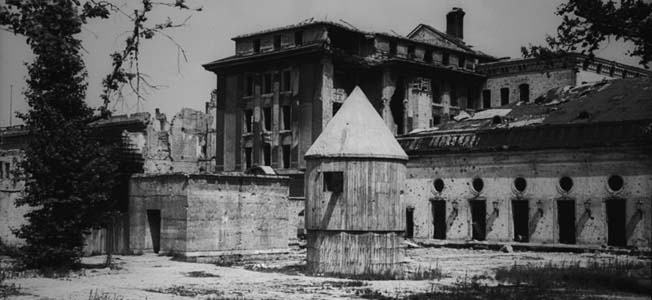
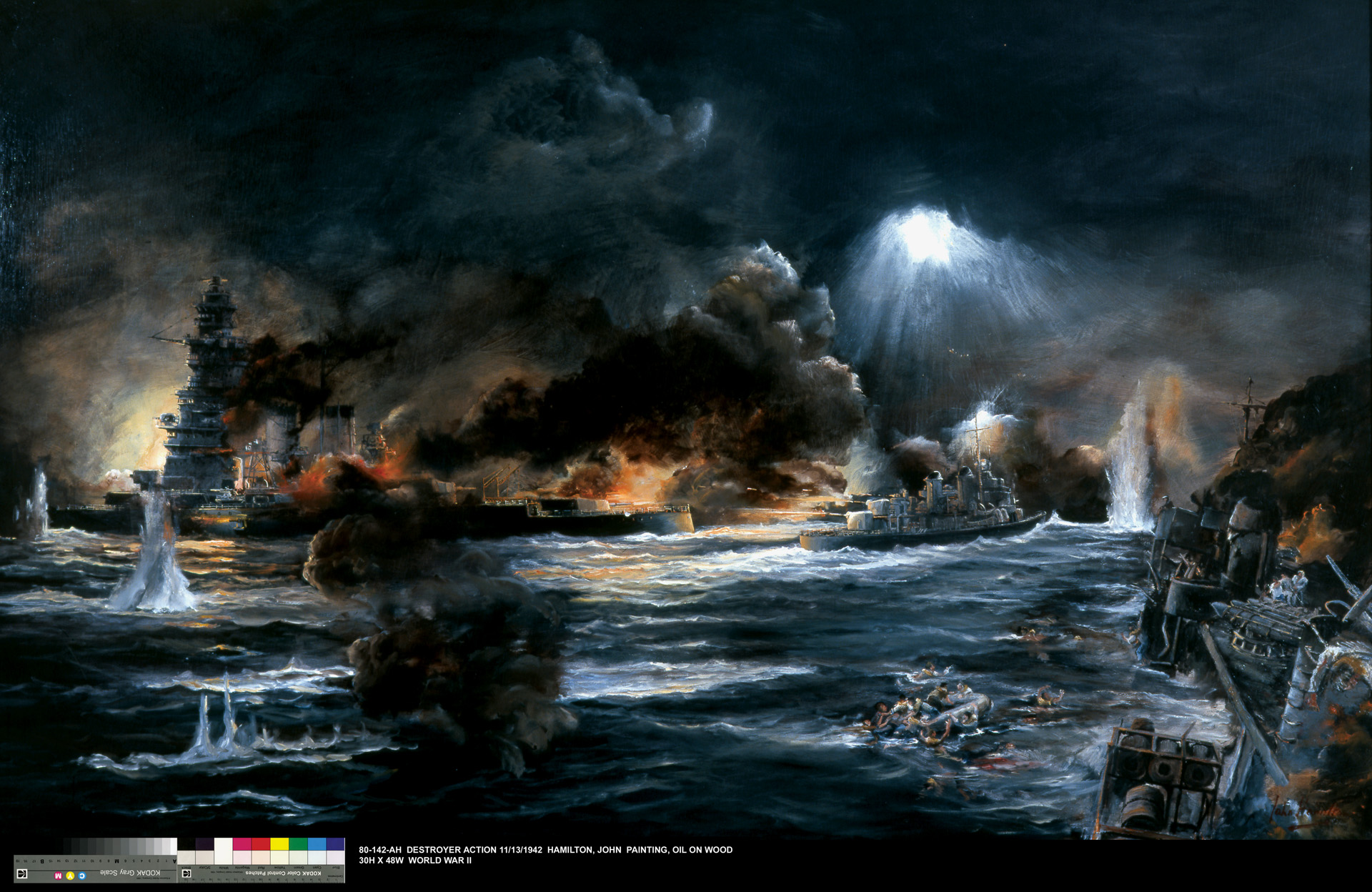
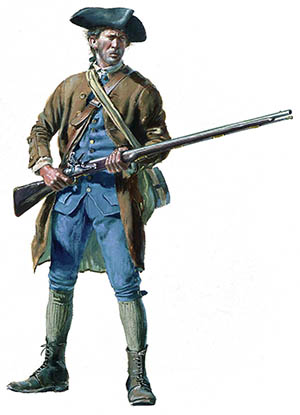

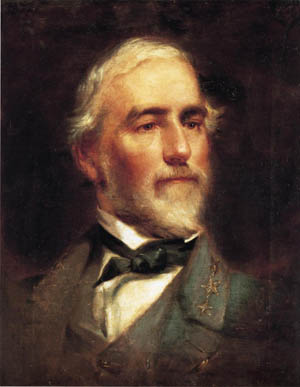
Join The Conversation
Comments
View All Comments